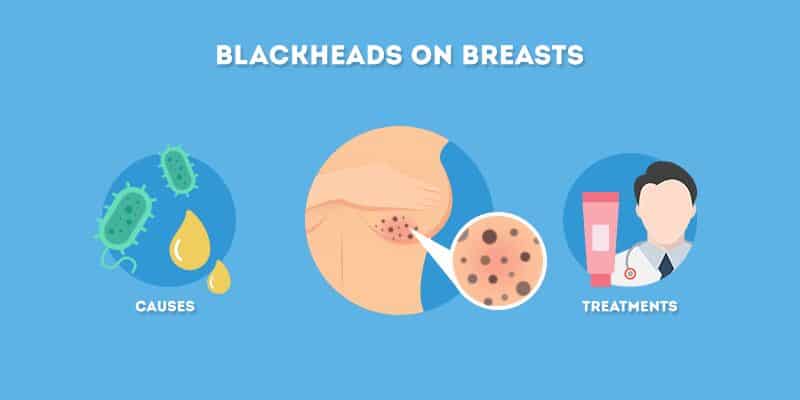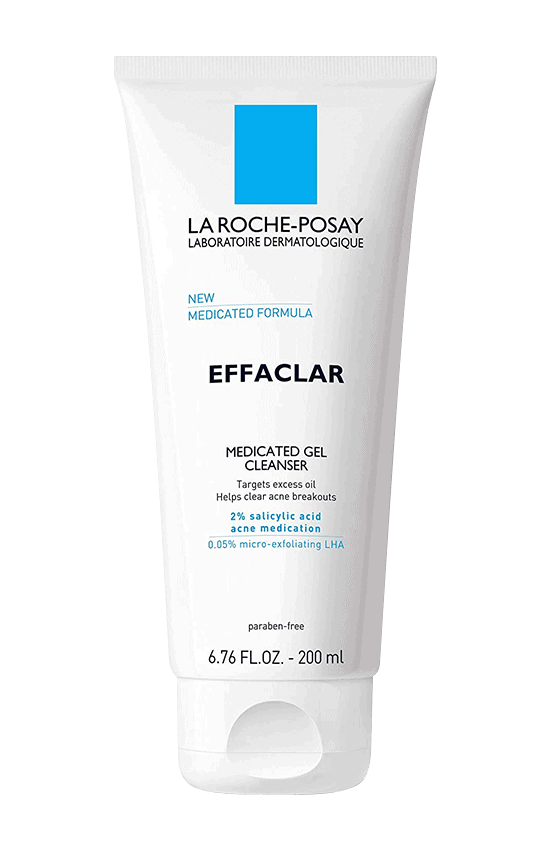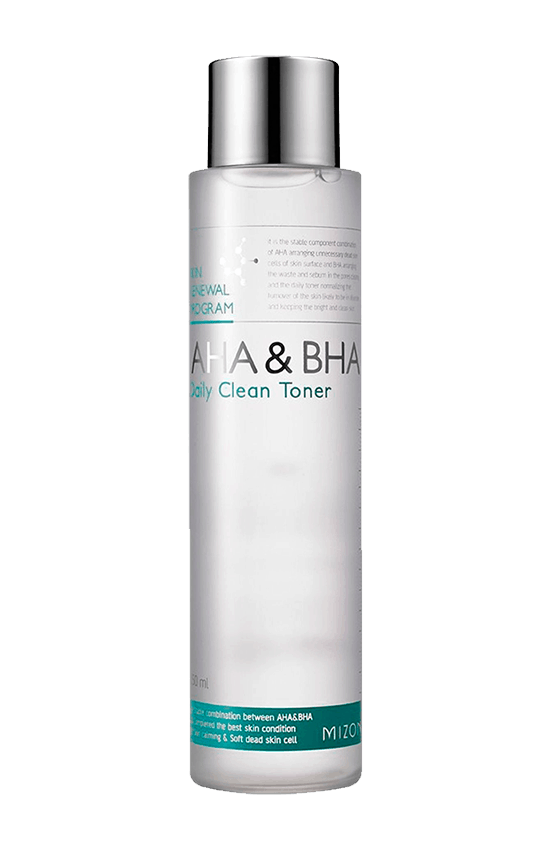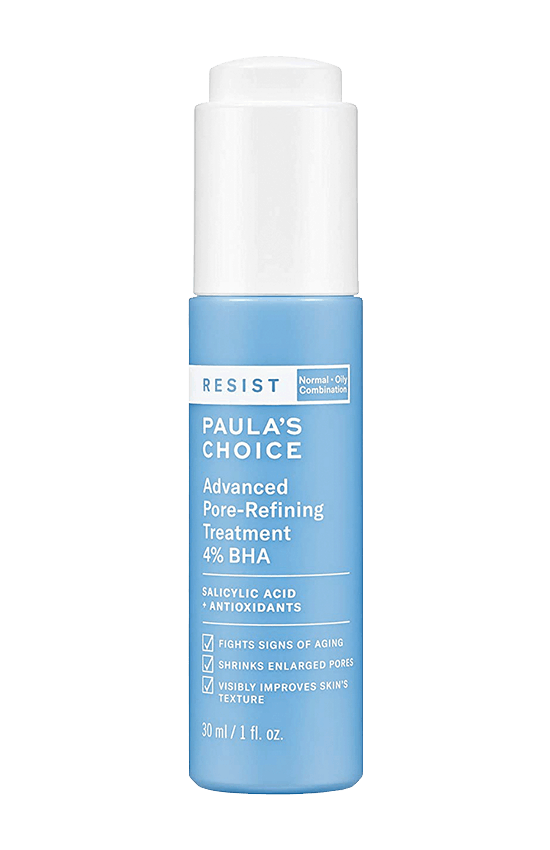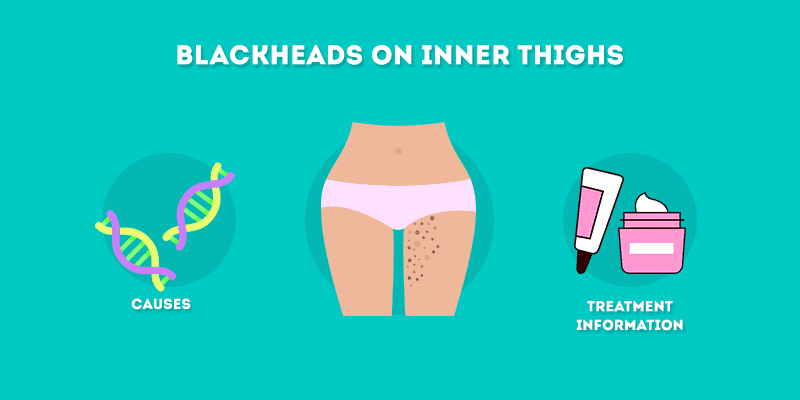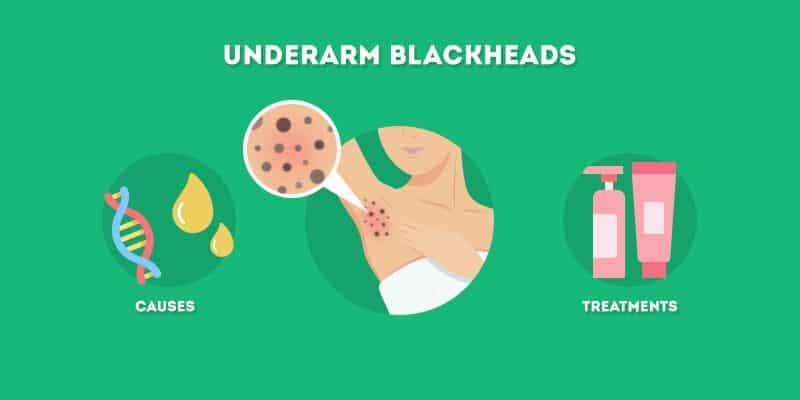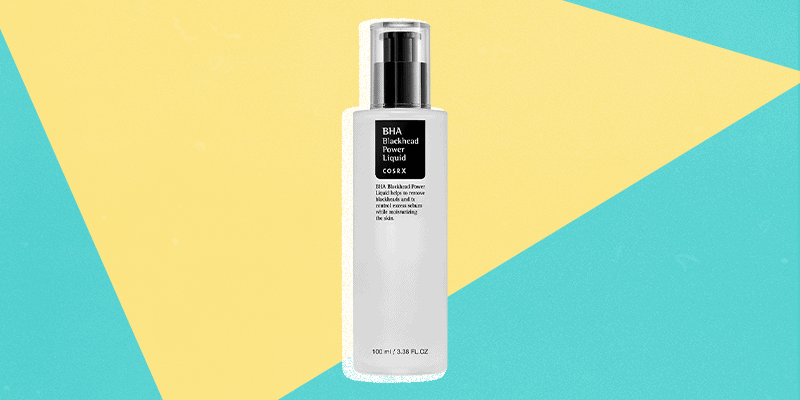Blackheads are frustrating no matter where they show up on the body. When it comes to blackheads on breasts, they can be particularly annoying and unsightly. While they are harmless, most will want to get rid of them as soon as possible. Read on to learn about what causes blackheads on breasts, as well as the best products and tips to treat and prevent them from forming in the first place.
What Causes Blackheads on Breasts?
Blackheads are formed when a pore becomes clogged with debris, including dirt, bacteria, dead skin cells, sebum, and sweat. The black or grey color isn’t from dirt – it forms when these pore-clogging debris are exposed to oxygen. Your own genetic makeup can cause blackheads to form. Hormonal changes in the body (such as those that come with puberty, pregnancy, menopause, and perimenopause, as well as the use of oral contraceptives) can lead to the body producing excess oil, which can clog the pores.
Products May Also Cause Blackheads on Breasts
Some of the products you use may be contributing to the formation of blackheads. Comedogenic lotions can clog pores on the breasts, leading to blackheads and other breakouts. Products like makeup, body oils, and self-tanners may also lead to blackheads or acne on the breasts.
Treatments for Blackheads on Breasts
There are a variety of treatments you can implement into your skincare routine in order to get rid of and prevent future blackheads on breasts. Try out these treatments and steps, and see what works best for getting rid of your blackheads.
1. Cleanse the Affected Area
It is easy to ignore the breasts when it comes to your skincare routine. However, if you are dealing with blackheads on your breasts, it is important to cleanse them on a daily basis. Cleansing helps get rid of any debris that could clog the pores. You don’t need to look for a cleanser specifically formulated for blackheads on breasts. If you have a cleanser that you like for your face, it should work well for your breasts. You can also check out this list of drugstore cleansers, as well as a recommendation below.
2. Exfoliate
Exfoliation is key for treating blackhead anywhere on the body. Exfoliation gets rid of dead skin cells on the surface, helping to both treat current blackheads and prevent future ones from emerging. When it comes to exfoliation, there are two methods:
3. Mechanical Exfoliation
Through mechanical exfoliation, you use a tool (like a loofah, sponge, or scrub) to physically get rid of the dead skin cells. While it can be tempting to harshly scrub the affected area, it is important to use mechanical exfoliation tools with caution. The abrasive surface of these tools can irritate the skin on the breasts, which can be somewhat delicate and sensitive. Use mechanical exfoliants with a gentle touch in order to avoid irritating the area.
4. Chemical Exfoliation
Chemical exfoliants, on the other hand, do the work for you. Chemical exfoliant products can contain salicylic acid (a BHA) and/or alpha hydroxy acids (AHAs). These work by exfoliating anything that is holding dead skin on the surface, shedding away this debris and revealing clean skin underneath. Beyond helping with blackheads, chemical exfoliation products can help decrease fine lines, hyperpigmentation, and hyperkeratosis.
Best Products for Breast Blackheads
There are a variety of cleansers, mechanical exfoliation tools, and chemical exfoliants available on the market, and it can be tricky to determine which will work best for you. These are a few recommended products for blackheads on breasts that you can implement into your routine.
1. CeraVe Foaming Facial Cleanser
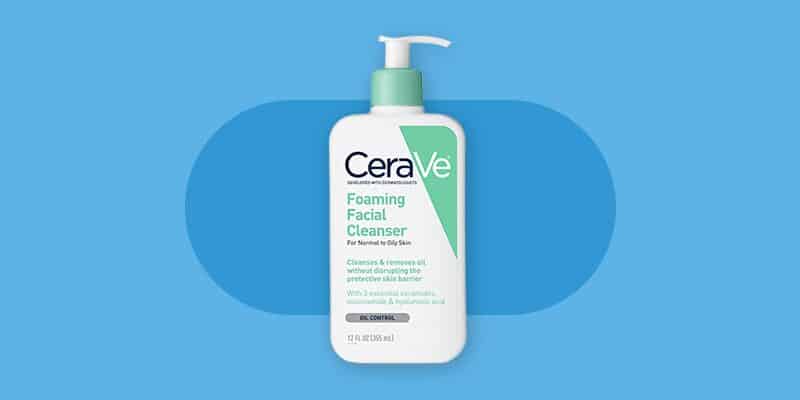
This fragrance-free cleanser is a great option for both the face and the breasts. It contains three essential ceramides (1, 3, 6-II), which provide a gentle and moisturizing cleanse. It also contains hyaluronic acid, which helps to keep moisture in the skin. Additionally, the niacinamide is anti-inflammatory, and works to calm the skin. These ingredients are essential for effectively sweeping away debris on the skin, without irritating or drying it out.
How to Use: Cleanse the area 1 to 2 times daily in the shower. Be sure to use it as soon as possible after working out.
2. Paula’s Choice Skin Perfecting 2% BHA Liquid
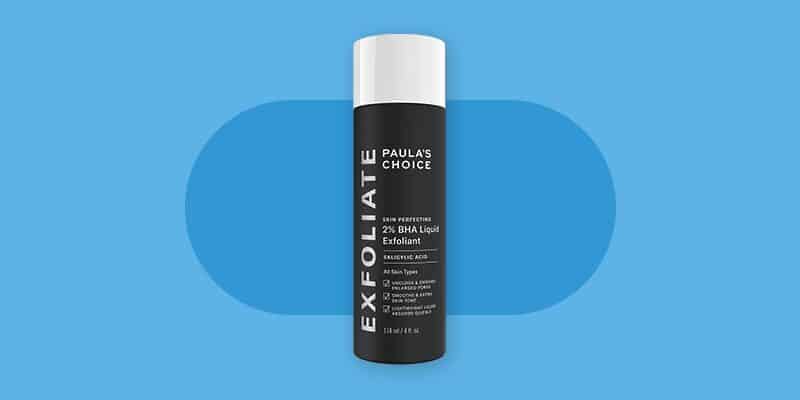
This chemical exfoliator is incredibly popular due to its effective but gentle formula. It contains salicylic acid, a BHA that is able to get deep into pores to break up any clogging debris.
How to Use: Apply the product on clean, dry skin. Soak a cotton ball or round, and sweep the product across any area with active blackheads, as well as areas where you are prone to blackheads. Do not wash off the product.
3. Paula’s Choice RESIST Advanced Pore-Refining Treatment 4% BHA
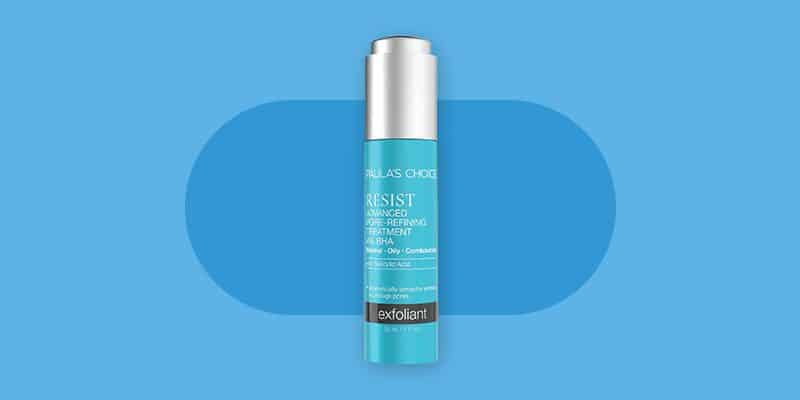
This is the stronger sister-product of the Skin Perfecting 2% BHA Liquid, containing a 4% concentration of salicylic acid for more stubborn blackheads. This formulation can dry out the skin, so it is best to start slowly and build up your usage. Try applying it to the affected area every other day, and then work up to every day or twice a day if necessary. To avoid dryness, you might want to start with the Skin Perfecting 2% BHA Liquid, and then move up to this product if you find you need something stronger.
How to Use: Apply the product on clean, dry skin. Soak a cotton ball or round, and sweep the product across any area with active blackheads, as well as areas where you are prone to blackheads. Do not wash off the product.
4. My Konjac Sponge
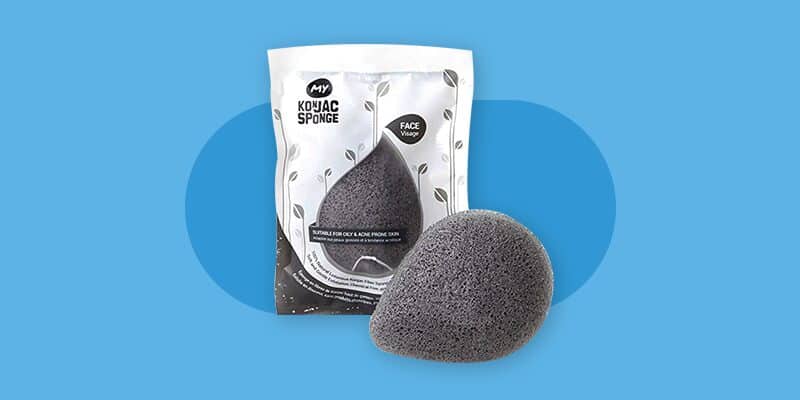
If you are looking to go the mechanical exfoliation route, this product is for you. This konjac sponge is safe for all skin types, as it gently but effectively exfoliates the skin. It is also made with activated charcoal, which draws out oil and debris from the pores to help further cleanse and treat blackheads.
How to Use: Use this sponge with a facial cleanser, like the CeraVe Foaming Facial Cleanser recommended above. While taking a shower, get the sponge wet, and then add cleanser. Gently scrub the affected area to exfoliate and cleanse.
Tips for Preventing Blackheads on Breasts
Look at Your Products: As mentioned, heavy lotions, makeup, self-tanners, and any other products you apply to the area may be responsible for causing blackheads on breasts. If you use any products that you think might be the culprit, remove them from your routine for a few weeks. Treat any already-existing blackheads with the tips mentioned above. If blackheads don’t return during this time, you’ll want to swap out any guilty products with non-comedogenic options.
Be Mindful of Hygiene After Working Out: The breasts can get particularly sweaty, and sweat can easily clog pores in the area. It is important to practice good hygiene whenever you workout or get sweaty, cleansing the area as soon as possible. This will help remove any pore-clogging bacteria, preventing blackheads on breasts from forming in the first place. After a workout, you’ll also want to take off any sweaty clothing that may further encourage blackheads or other acne to form.
When to See a Dermatologist
If you have tried these different treatment options and implemented these tips, and are still dealing with blackheads on your breasts, it may be best to seek the advice of a medical professional. A dermatologist can take a closer look at your blackheads and your unique needs, and determine a treatment plan that will work best for you. They may prescribe a stronger medication that will tackle your skin issues.
FAQs
What causes clogged pores on breasts?
Clogged pores on the breasts are caused by a number of different elements, including oil, sweat, dirt, bacteria, makeup, and lotion. This can build up in the pores, causing them to get clogged and form acne. Tight clothing (particularly pieces that are sweaty) can also aid in trapping any debris in the pores.
How do you get rid of blackheads on your chest?
The upper chest area can be treated similarly to your breast area when it comes to blackheads. Cut out any culprits that may be clogging your pores, such as lotions and makeup. Be sure to also cleanse the area after working out. As far as treatment, you can follow the regimen outlined above.
Are pimples on breasts normal?
Acne on the breasts is normal. Just like your face, the pores on your breasts are prone to getting clogged and forming acne. In order to treat this area, you need to find an acne-fighting treatment plan, just as you would for your face.
The Bottom Line
Blackheads form by the buildup of debris on the skin, and blackheads on the breasts can be treated (and prevented) with proper cleansing and exfoliation. Additional preventative measures can include avoiding using comedogenic products in blackhead-prone areas, and washing the area after working out. If blackheads on the breasts persist even with these treatments and preventative measures, it is a good idea to consult a dermatologist.
